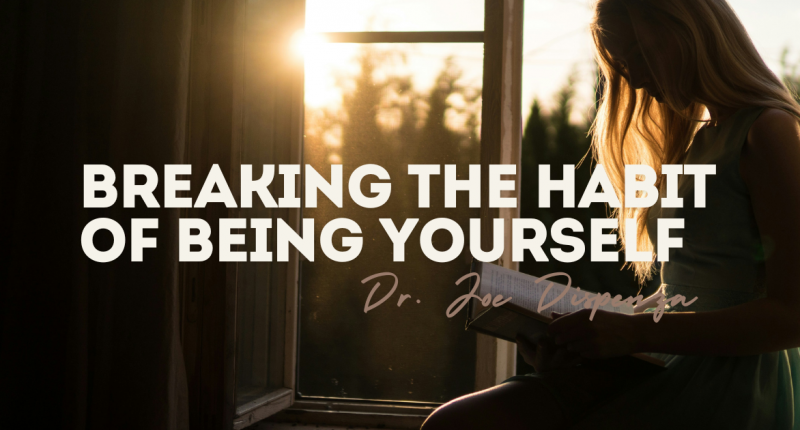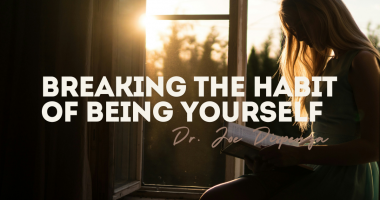Have you ever felt like your mind is running on autopilot? Like no matter how much you try to change, your old habits and behaviors keep pulling you back? I’ve been there. And for the longest time, I didn’t know how to break free.
That’s why Chapter 8 of Breaking the Habit of Being Yourself was such a revelation for me. Dr. Joe Dispenza dives deep into the science of meditation and explains how it can help you access your subconscious mind, where most of your habits and behaviors are stored, and reprogram it with new thoughts, emotions, and beliefs.
The Power of Meditation
Meditation is more than just a relaxation technique—it’s a powerful tool for creating change. When you meditate, you enter a state of deep relaxation where your brainwaves slow down, allowing you to access your subconscious mind.
For me, this was a game-changer. I realized that most of my habits and behaviors were stored in my subconscious mind, and I couldn’t change them by just thinking differently. I needed to access this part of my mind and reprogram it.
Brain Coherence: Unlocking Your Potential
One of the most fascinating concepts in this chapter is brain coherence. This is a state where your brainwaves are synchronized, allowing you to access higher levels of creativity, intuition, and problem-solving.
Dr. Dispenza explains that when you’re in a state of coherence, your brain is functioning at its highest level. You’re more creative, more intuitive, and better able to solve problems. And the best part? You can achieve this state through meditation.
I started practicing meditation every day, focusing on achieving a state of coherence. At first, it was challenging. My mind would wander, and I’d get frustrated. But over time, I started to notice a shift. I felt more focused, more creative, and more in control of my thoughts and emotions.
Accessing the Subconscious Mind
Most of our habits and behaviors are stored in our subconscious mind. This is the part of our mind that runs on autopilot, controlling our thoughts, emotions, and actions without us even realizing it.
Meditation allows you to access this part of your mind and reprogram it. By focusing on new thoughts, emotions, and beliefs during meditation, you can create new neural pathways and break free from old habits.
For me, this meant focusing on positive affirmations and visualizations during meditation. I’d imagine myself as the person I wanted to become—confident, focused, and in control. And I’d connect to the emotions of joy, gratitude, and confidence.
The Role of Emotions
Emotions are a powerful force in shaping your brain. When you connect to positive emotions during meditation, you create new neural pathways that support your new identity.
I started incorporating emotions into my meditation practice. Instead of just visualizing my goals, I’d connect to the emotions of achieving them. I’d feel the joy, gratitude, and confidence as if it were already happening. And over time, these emotions started to feel more real.
Final Thoughts
Chapter 8 was a reminder that meditation is more than just a relaxation technique—it’s a powerful tool for creating change. By accessing your subconscious mind and reprogramming it with new thoughts, emotions, and beliefs, you can break free from old habits and create a new reality.
If you’re feeling stuck, take a moment to check in with yourself. What habits and behaviors are holding you back? And most importantly, what new thoughts, emotions, and beliefs do you want to cultivate?
Remember, you’re not stuck with the person you are. You have the power to change. So, what are you waiting for? Start meditating today.


